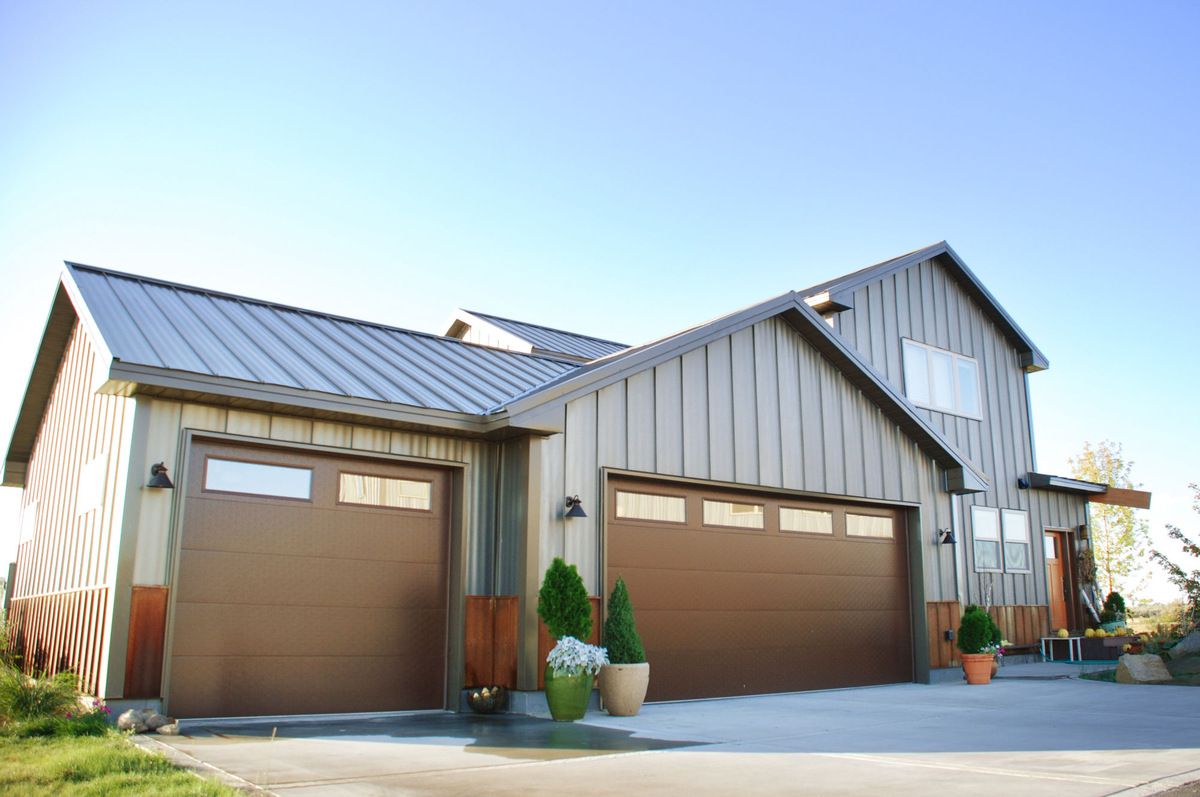

Articles
How Much Does Metal Siding Cost
Modified: August 31, 2024
Discover articles that reveal the cost of metal siding for your home. Find valuable insights and estimates to budget for this durable exterior option.
(Many of the links in this article redirect to a specific reviewed product. Your purchase of these products through affiliate links helps to generate commission for Storables.com, at no extra cost. Learn more)
Introduction
Metal siding has become increasingly popular in both residential and commercial construction due to its durability, versatility, and aesthetic appeal. If you’re considering installing metal siding on your property, one of the first questions that may come to mind is, “How much does metal siding cost?”
The cost of metal siding can vary significantly depending on various factors, such as the type of metal used, the size of your property, the complexity of the installation, and the region you’re in. In this article, we will explore these factors in detail to give you a comprehensive understanding of the costs associated with metal siding installation.
Before delving into the specifics, it’s important to note that metal siding is available in several different materials, including steel, aluminum, copper, and zinc. Each material has its own unique qualities and price ranges, which we will discuss further in this article.
Metal siding is known for its durability, as it can withstand extreme weather conditions, including high winds, heavy rain, and hail. It also offers excellent resistance against pests, fire, and rot. Additionally, metal siding requires minimal maintenance, making it a cost-effective choice in the long run.
In terms of versatility, metal siding comes in a wide variety of colors, finishes, and styles. Whether you prefer the sleek look of modern brushed steel or the classic charm of corrugated copper, there is a metal siding option to suit your personal preferences and architectural style.
Metal siding can be installed on various types of buildings, including houses, commercial buildings, barns, and sheds. It can be applied as horizontal or vertical panels, giving you flexibility in design and aesthetics.
Now that we have a general overview of metal siding, let’s explore the factors that can affect the cost of metal siding installation in more detail. By understanding these factors, you’ll be better equipped to budget for your project and make informed decisions about the materials and design choices that suit your needs and budget.
Key Takeaways:
- Metal siding offers durability, low maintenance, and versatility, with options like steel, aluminum, copper, and zinc. Consider factors like cost, climate, and insulation needs before installation.
- When considering metal siding, weigh the benefits of durability and sustainability against potential higher initial costs and limited insulation. Consult professionals and choose the right material for your property’s long-term value.
Read more: How Much Does Wood Siding Cost
Factors Affecting Metal Siding Costs
Several factors can influence the overall cost of metal siding installation. Understanding these factors will help you plan and budget for your project effectively. Here are some key factors to consider:
1. Size of the Project: The size of your property and the amount of metal siding required will have a direct impact on the cost. Larger projects typically require more materials and labor, resulting in higher overall costs.
2. Complexity of the Installation: The complexity of the installation can influence the cost. Factors such as the shape of the building, the presence of architectural features, and the need for additional structural work can increase the installation time and cost.
3. Type and Quality of Metal: The type of metal chosen for the siding will affect the cost. Steel is generally more affordable compared to premium metals like copper and zinc. Additionally, the quality of the metal, such as its thickness and coating, can impact the cost.
4. Accessories and Trim: Additional accessories and trim, such as corner trims, fascia boards, and window wraps, can add to the overall cost of the project. These details enhance the aesthetics and functionality of the metal siding but may increase the expenses.
5. Insulation and Energy Efficiency: If you’re considering adding insulation or energy-efficient features to your metal siding, it will add to the cost. However, investing in insulation can improve energy efficiency and provide long-term savings on heating and cooling costs.
6. Labor Costs: The cost of labor varies depending on the region, contractor, and complexity of the installation. It’s essential to get multiple quotes from experienced contractors to compare prices and ensure a fair cost for labor.
7. Location: Regional factors, such as labor rates, material availability, and local regulations, can influence the cost of metal siding installation. Areas with higher living costs or remote locations may have higher installation expenses.
8. Removal of Existing Siding: If you have existing siding that needs to be removed before installing metal siding, it may increase the overall cost. The complexity of the removal process and any repairs needed underneath can impact the expenses.
9. Additional Customization: If you desire customized elements, such as unique panel shapes, patterns, or color combinations, it may result in additional costs due to the need for custom fabrication and specialized installation techniques.
Understanding these factors will help you gauge the potential costs associated with your metal siding project. It’s recommended to consult with a professional contractor who can assess your specific needs and provide a detailed cost estimate tailored to your project requirements.
Types of Metal Siding
Metal siding offers a wide range of options when it comes to materials, styles, and finishes. Understanding the different types of metal siding available can help you choose the best option for your project. Here are some popular types of metal siding:
1. Steel Siding: Steel siding is the most common and cost-effective option for metal siding. It is strong, durable, and resistant to impact, making it a popular choice for both residential and commercial applications. Steel siding comes in a variety of finishes, such as smooth, embossed, or woodgrain texture.
2. Aluminum Siding: Aluminum siding is lightweight and corrosion-resistant, making it an excellent choice for coastal areas or regions with high humidity. It is also highly customizable, allowing you to choose from a wide range of colors and finishes. However, aluminum may not be as strong as steel and can be prone to dents.
3. Copper Siding: Copper siding is known for its natural beauty and unique patina that develops over time. It is a premium option that adds elegance and sophistication to any building. Copper siding is exceptionally durable and requires minimal maintenance. However, it comes with a higher cost compared to other metal siding options.
4. Zinc Siding: Zinc is another premium metal siding option known for its longevity and distinctive appearance. It develops a natural patina that protects it from corrosion and gives it a charming, weathered look. Zinc siding is highly resistant to extreme weather conditions and offers excellent thermal performance. It is often chosen for its eco-friendly and sustainable qualities.
5. Composite Siding: Composite metal siding combines various materials, such as metal panels with a layer of insulation or a composite backing. This type of siding offers enhanced energy efficiency and noise reduction. Composite siding can come in various finishes, including woodgrain textures, to mimic the look of traditional wood siding.
6. Corrugated Metal Siding: Corrugated metal siding features alternating ridges and valleys, giving it a distinctive look. It is commonly used in agricultural and industrial buildings but can also add a unique design element to residential properties. Corrugated metal siding is available in various metals, such as steel, aluminum, or galvanized zinc.
7. Ribbed Metal Siding: Ribbed metal siding consists of parallel ribs running vertically or horizontally across the panels. It offers a sleek and modern appearance, making it a popular choice for contemporary architectural styles.
When choosing the right type of metal siding, consider factors such as your preferred aesthetic, durability, maintenance requirements, and budget. Consulting with a professional contractor or metal siding expert can provide valuable guidance and help you make an informed decision based on your specific needs and preferences.
Average Cost of Metal Siding Installation
Determining the exact cost of metal siding installation can be challenging due to the various factors involved. However, understanding the average costs can give you a rough idea of what to expect. The cost can vary depending on the size of the project, the type of metal siding chosen, and the region you’re in. Here’s a breakdown of the average costs:
1. Cost per Square Foot: Metal siding is typically priced per square foot, which includes both materials and installation. On average, steel siding can range from $5 to $10 per square foot, while aluminum siding may range from $3 to $8 per square foot. Premium metals like copper and zinc can be significantly more expensive, ranging from $15 to $25 or more per square foot.
2. Material Costs: The cost of the metal siding material itself will depend on the type and quality of metal chosen. Steel siding tends to be the most affordable option, while copper and zinc are at the higher end of the price spectrum. Expect to pay around $1 to $4 per square foot for steel, $2 to $5 per square foot for aluminum, and $9 to $22 or more per square foot for premium metals like copper.
3. Installation Costs: The labor costs for metal siding installation can vary based on the complexity of the project, the size of the property, and the region. On average, installation costs can range from $2 to $5 per square foot. However, complex projects or those requiring additional structural work may result in higher installation costs.
4. Additional Costs: There may be additional costs associated with metal siding installation that you need to consider. These can include the removal of existing siding, insulation installation, custom trim work, and any necessary repairs to the substrate or underlying structure. These costs can vary depending on the specific requirements of your project.
5. Total Project Cost: To estimate the total cost of metal siding installation, calculate the square footage of your property’s exterior walls and multiply it by the cost per square foot for the chosen metal siding material. Then, add the estimated installation costs and any additional expenses. Keep in mind that these figures are averages and can vary based on your specific project requirements.
It’s essential to obtain quotes from multiple contractors to get a more accurate estimate for your specific project. The cost can also be influenced by the contractor’s experience, reputation, and location. Make sure to discuss your requirements and budget with the contractor to ensure a clear understanding of the project scope and costs involved.
Remember, while cost is an important consideration, it’s equally important to prioritize the quality of materials, installation, and the reputation of the contractor to ensure a successful and long-lasting metal siding installation.
Cost of Different Metal Siding Materials
When it comes to metal siding, the choice of material plays a significant role in determining the overall cost. There are several options available, each with its own unique characteristics and price ranges. Here is an overview of the cost range for different metal siding materials:
1. Steel Siding: Steel is the most common and affordable metal siding option. It offers durability and a wide range of design options. The cost of steel siding typically ranges from $5 to $10 per square foot, including materials and installation.
2. Aluminum Siding: Aluminum siding is lightweight, corrosion-resistant, and highly customizable. It is commonly used in coastal areas or regions with high humidity. The cost of aluminum siding usually ranges from $3 to $8 per square foot, including materials and installation.
3. Copper Siding: Copper siding is known for its natural beauty, durability, and unique patina that develops over time. It is a premium option that adds elegance and sophistication to any building. The cost of copper siding can range from $15 to $25 or more per square foot, including materials and installation.
4. Zinc Siding: Zinc siding is becoming increasingly popular due to its longevity and distinctive appearance. It develops a natural patina that protects it from corrosion and gives it a charming, weathered look. The cost of zinc siding typically ranges from $9 to $22 or more per square foot, including materials and installation.
5. Composite Siding: Composite metal siding combines metal panels with insulation or a composite backing to offer enhanced energy efficiency and noise reduction. Composite siding costs vary depending on the specific materials and design chosen. On average, composite siding can range from $10 to $20 per square foot, including materials and installation.
It’s important to note that these price ranges are estimates and can vary based on factors such as the region, the quality of materials, the complexity of the installation, and additional customization options. Premium finishes, texture options, and customized panel shapes may increase the cost.
When considering the cost of metal siding materials, it’s crucial to balance your budget with the desired aesthetic, durability, and performance of the material. It’s recommended to consult with a professional contractor or metal siding expert to discuss your specific requirements and explore the best options that fit within your budget.
Additionally, consider the long-term value and benefits of each material. While some options may have a higher upfront cost, they may offer better durability, minimal maintenance, and improved energy efficiency, which can result in long-term cost savings and increased property value.
Overall, understanding the cost range for different metal siding materials will help you make an informed decision and choose the option that best suits your needs and budget.
When considering the cost of metal siding, it’s important to factor in the quality of the material, the size of the project, and any additional installation or labor costs. It’s also a good idea to get quotes from multiple suppliers and contractors to ensure you’re getting the best deal.
Read more: How Much Does Hardie Siding Cost
Cost of Additional Metal Siding Accessories
When installing metal siding, there are several additional accessories and trim options available to enhance the overall appearance and functionality of the siding. These accessories can add to the overall cost of the project. Here are some common metal siding accessories and their costs:
1. Corner Trims: Corner trims are used to provide a clean and finished look to the corners of the siding. Depending on the material and design chosen, corner trims can range in price from $5 to $20 per piece. The total cost will depend on the number of corners on your property.
2. Fascia Boards: Fascia boards are installed along the roof edges to protect the underlying structure from weather elements. The cost of fascia boards varies based on the material and dimensions. On average, fascia boards can range from $5 to $15 per linear foot.
3. Soffits: Soffits are installed underneath the eaves of the roof and are used for ventilation and to provide a finished look. The cost of soffits depends on the material and style chosen, ranging from $2 to $8 per square foot.
4. Window Wraps: Window wraps are used to create a seamless transition between the metal siding and windows, providing a neat and aesthetically pleasing appearance. The cost of window wraps depends on the size and material and can range from $10 to $30 per linear foot.
5. Trim Pieces: Trim pieces are used to give the metal siding a finished look around doors, windows, and other openings. The cost of trim pieces can vary based on the material and dimensions, ranging from $5 to $25 per piece.
6. Insulation: Adding insulation to your metal siding can improve energy efficiency and thermal performance. The cost of insulation will depend on the type and thickness of the insulation material chosen. On average, insulation costs can range from $1 to $3 per square foot.
It’s important to note that installation costs may apply for these accessories, depending on whether they are included in the contractor’s scope of work or if they require additional installation efforts.
When budgeting for metal siding accessories, consider the overall aesthetic you want to achieve, as well as the functionality and longevity of the accessories. Consulting with a professional contractor will help you determine the specific accessories needed for your project and provide accurate cost estimates.
Keep in mind that these accessory costs can vary based on factors such as the region, the quality of materials, and additional customization options. Requesting multiple quotes from reputable contractors will help you compare prices and ensure you’re getting a fair cost for the accessories and installation.
Factors to Consider Before Installing Metal Siding
Installing metal siding is a significant investment in your property, and there are several important factors to consider before making a decision. By taking these factors into account, you can ensure that metal siding is the right choice for your needs and that the installation process goes smoothly. Here are some key factors to consider:
1. Cost vs. Budget: It’s essential to evaluate the cost of metal siding installation and determine whether it aligns with your budget. Consider not only the upfront costs but also any long-term savings or benefits that metal siding may provide, such as reduced maintenance and increased energy efficiency.
2. Aesthetic Appeal: Think about the architectural style of your property and how metal siding will complement it. Metal siding is available in various finishes, colors, and textures, allowing you to achieve the desired look. Explore different options and consult with design professionals to ensure the siding enhances the overall aesthetic appeal of your property.
3. Climate Considerations: Consider the climate in your region. Metal siding is known for its durability and ability to withstand extreme weather conditions. However, some metals, such as zinc and copper, perform better in certain climates. Consult with a local professional or contractor to determine which metal siding material is most suitable for your specific climate.
4. Maintenance Requirements: Different metal siding materials have varying maintenance needs. Steel siding is relatively low-maintenance, whereas copper and zinc siding may require occasional cleaning or treatments to maintain their appearance. Consider your preference for maintenance and choose a material that aligns with your willingness to invest time and effort into upkeep.
5. Insulation Needs: Assess your insulation needs before installing metal siding. While metal siding itself is not a highly insulative material, adding insulation behind the siding can enhance energy efficiency and comfort inside your property. Discuss insulation options with your contractor and determine if it’s necessary to include insulation in your metal siding installation.
6. Local Building Codes: Familiarize yourself with local building codes and regulations regarding metal siding installation. Ensure compliance with any requirements or permits that may be necessary. Working with a knowledgeable contractor who is familiar with local regulations can help you navigate this process.
7. Contractor Selection: Selecting the right contractor is crucial to ensuring a successful metal siding installation. Look for a licensed and experienced contractor who specializes in metal siding. Request multiple quotes, check references, and review past projects to ensure you’re hiring a contractor with a track record of quality workmanship.
8. Longevity and Warranty: Consider the lifespan and warranty offered by the metal siding manufacturer. Different materials may have varying warranties and expected lifespans. Copper and zinc, for example, are known for their exceptional durability and may come with longer warranties compared to other materials.
By carefully considering these factors, you can make an informed decision about installing metal siding. It’s advisable to consult with professionals, such as contractors and designers, who can provide guidance tailored to your specific needs and help you select the best metal siding options for your property.
Pros and Cons of Metal Siding
Metal siding offers a range of benefits and considerations that should be weighed before making a decision for your property. Understanding the pros and cons will help you determine if metal siding is the right choice for your needs. Here are some key points to consider:
Pros:
1. Durability: Metal siding is known for its exceptional durability. It can withstand harsh weather conditions, including high winds, heavy rain, and snow. Metal siding is also highly resistant to pests, rot, and fire, making it a long-lasting option for your property.
2. Low Maintenance: One of the major advantages of metal siding is its low maintenance requirements. It does not need regular painting or staining like wood siding. Occasional cleaning is typically enough to keep metal siding looking good for decades.
3. Versatility: Metal siding comes in various colors, finishes, and styles, allowing you to achieve the desired aesthetic for your property. Whether you prefer a sleek, modern look or a more traditional appearance, there is a metal siding option to suit your architectural style.
4. Sustainability: Metal siding is considered environmentally-friendly. Many metal siding materials, such as aluminum, steel, and zinc, are recyclable. Additionally, metal siding is energy-efficient and can help reduce heating and cooling costs by regulating temperature and preventing energy loss.
5. Increased Property Value: Installing metal siding can enhance the curb appeal and overall value of your property. Its durability and low maintenance characteristics are attractive to potential buyers, making it a worthwhile investment.
Cons:
1. Higher Initial Cost: Compared to other siding options, metal siding often has a higher initial cost. However, it is important to consider that the durability and low maintenance of metal siding can lead to long-term cost savings.
2. Limited Insulation: Metal siding does not provide the same level of insulation as other materials, such as wood or vinyl. Additional insulation may need to be installed between the siding and the structure to improve energy efficiency and comfort.
3. Noise and Echoes: Rain, hail, or other external noises can be amplified with metal siding, resulting in more noise inside your property during storms or inclement weather. However, proper insulation and soundproofing measures can mitigate this issue.
4. Potential for Dents: While metal siding is generally durable, it is not entirely impervious to dents or scratches. Heavy impact, such as from hailstorms or accidental contact, can cause dents on the surface of the siding. However, some materials, like steel, are more resistant to dents than others.
5. Expansion and Contraction: Metal siding can expand and contract with temperature fluctuations, which may result in the appearance of gaps or warping over time. It is essential to ensure proper installation by experienced professionals to address this potential issue.
In summary, metal siding offers durability, low maintenance, and a wide range of design options. While it may have a higher initial cost and limited insulation, the long-term benefits and eco-friendliness make it a popular choice for many property owners. Consider your specific needs and preferences, as well as your budget, when deciding if metal siding is right for you. Consulting with professionals can provide further guidance and help you make an informed decision.
Conclusion
Metal siding offers numerous benefits as a durable, low-maintenance, and versatile option for your property. It can enhance the aesthetic appeal, increase property value, and withstand harsh weather conditions. However, it is essential to consider the factors and weigh the pros and cons before making a decision.
When considering metal siding, take into account the cost, budget, and long-term savings. Evaluate the climate in your area and choose a material that is suitable for your region. Consider the maintenance requirements and the desired aesthetic appeal of your property.
Additionally, assess the need for insulation and any additional accessories such as corner trims, fascia boards, or soffits. Adhering to local building codes and regulations is crucial in ensuring a successful installation process.
Choosing the right contractor is key to achieving a successful metal siding installation. Verify the contractor’s expertise, request multiple quotes, and check references to ensure the quality and professionalism of their work.
In your decision-making process, weigh the durability, low maintenance, and sustainability advantages of metal siding against the potential higher initial cost and limited insulation. Consider the potential noise and dents, but also the long-term value that metal siding can bring to your property.
In conclusion, metal siding can be an excellent investment and enhance the overall aesthetics and durability of your property. By carefully considering the specific needs of your project and consulting with professionals, you can make an informed decision that aligns with your budget, style, and long-term goals. Whether you choose steel, aluminum, copper, zinc, or composite siding, metal siding can provide lasting beauty and protection for your property for years to come.
Frequently Asked Questions about How Much Does Metal Siding Cost
Was this page helpful?
At Storables.com, we guarantee accurate and reliable information. Our content, validated by Expert Board Contributors, is crafted following stringent Editorial Policies. We're committed to providing you with well-researched, expert-backed insights for all your informational needs.
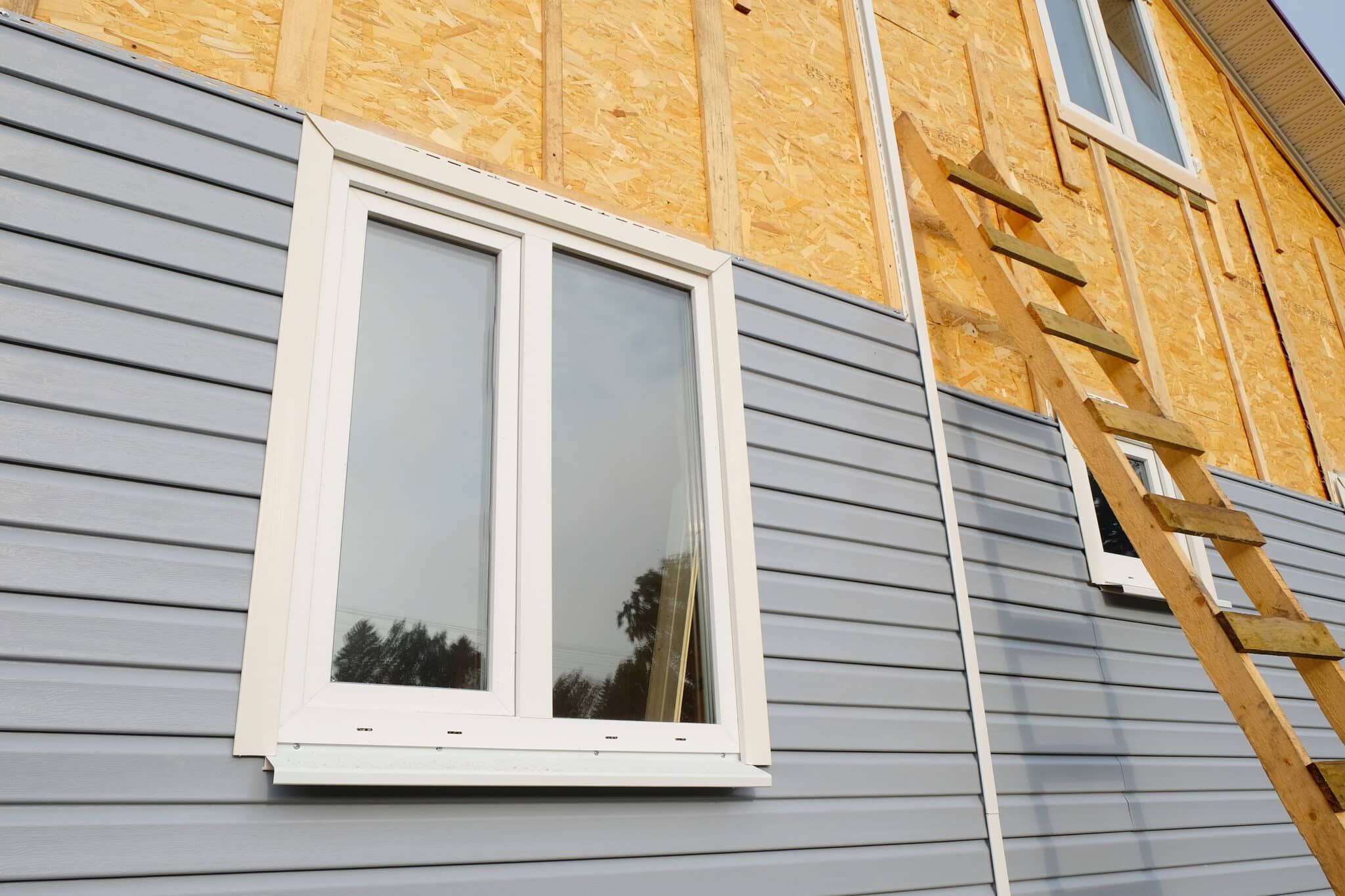
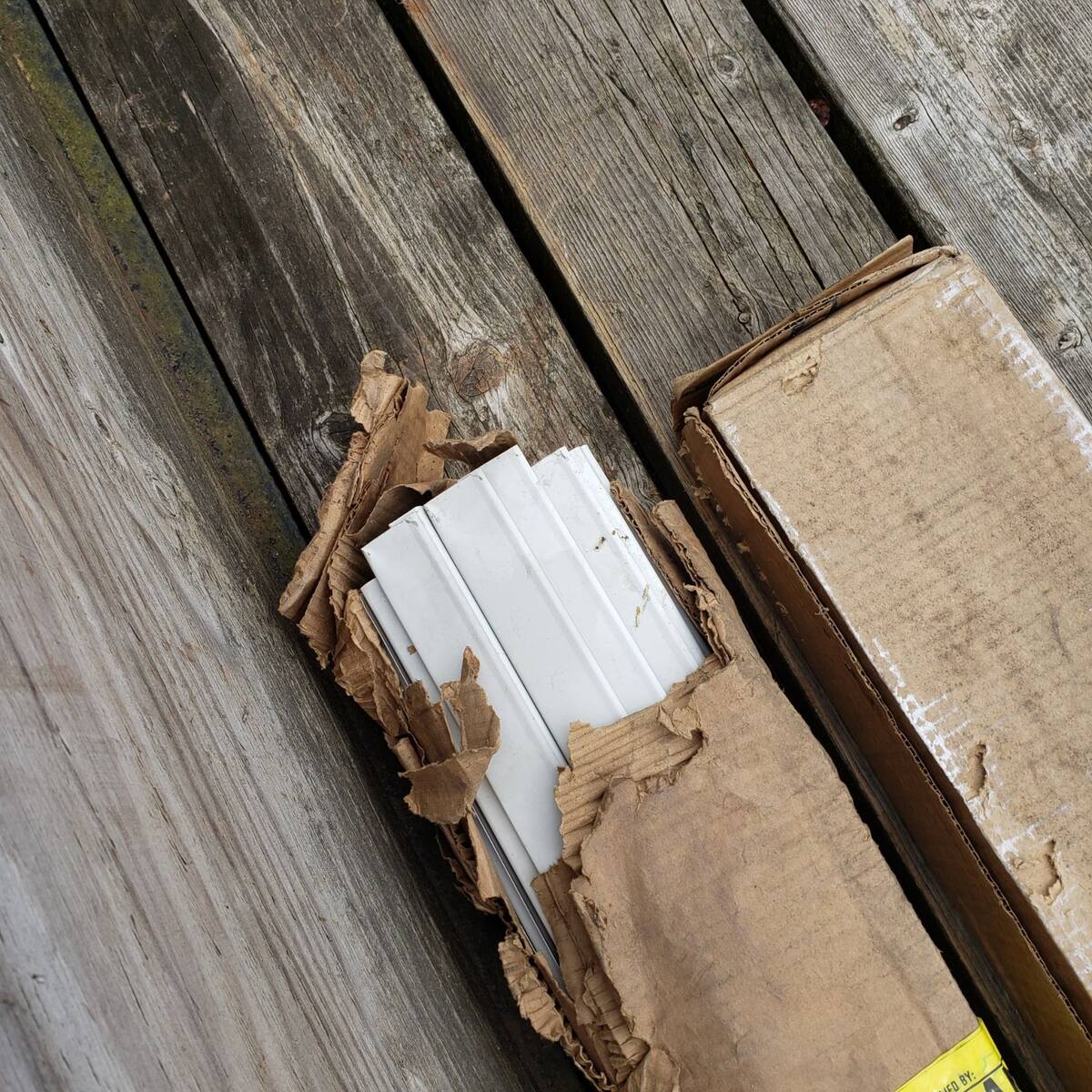
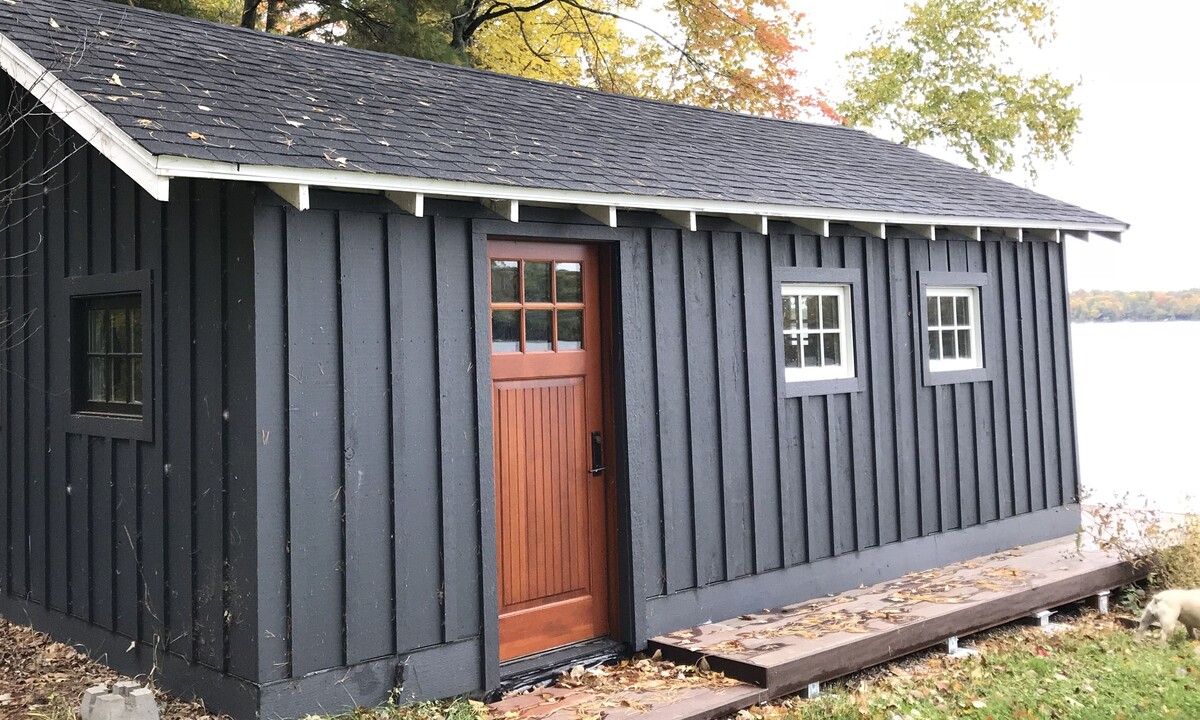
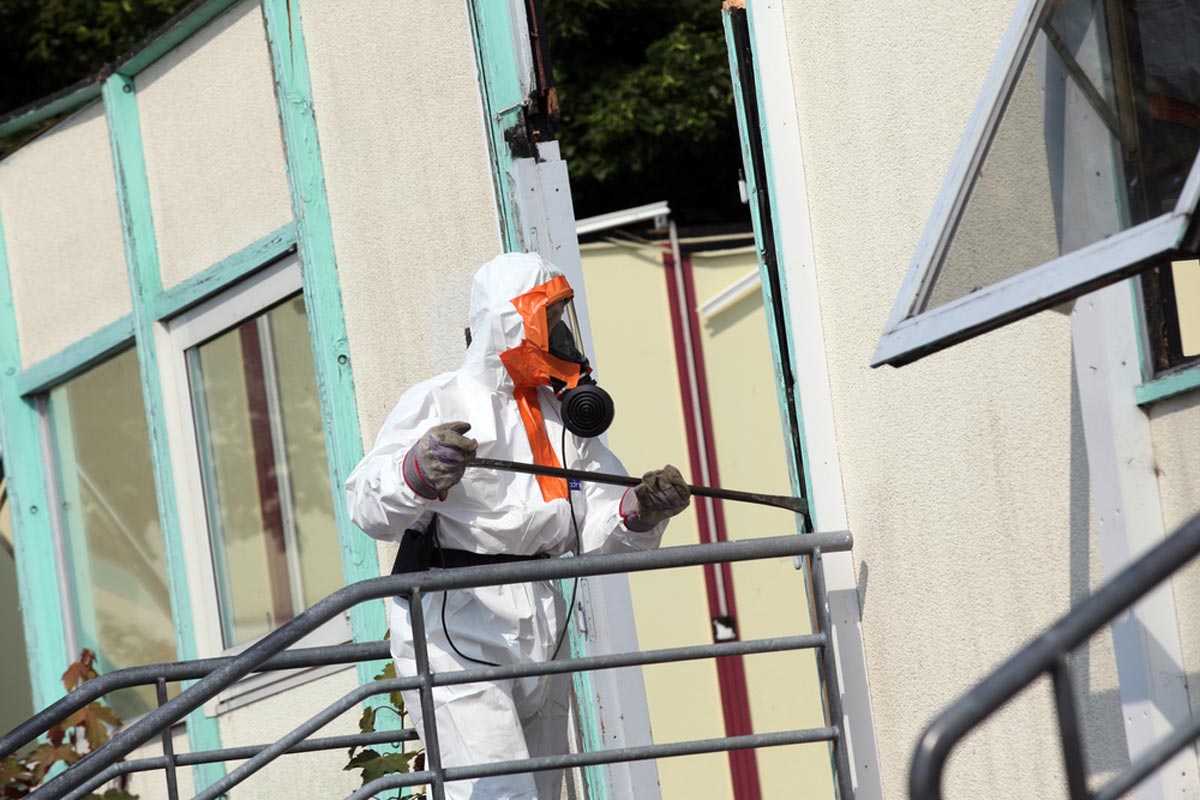

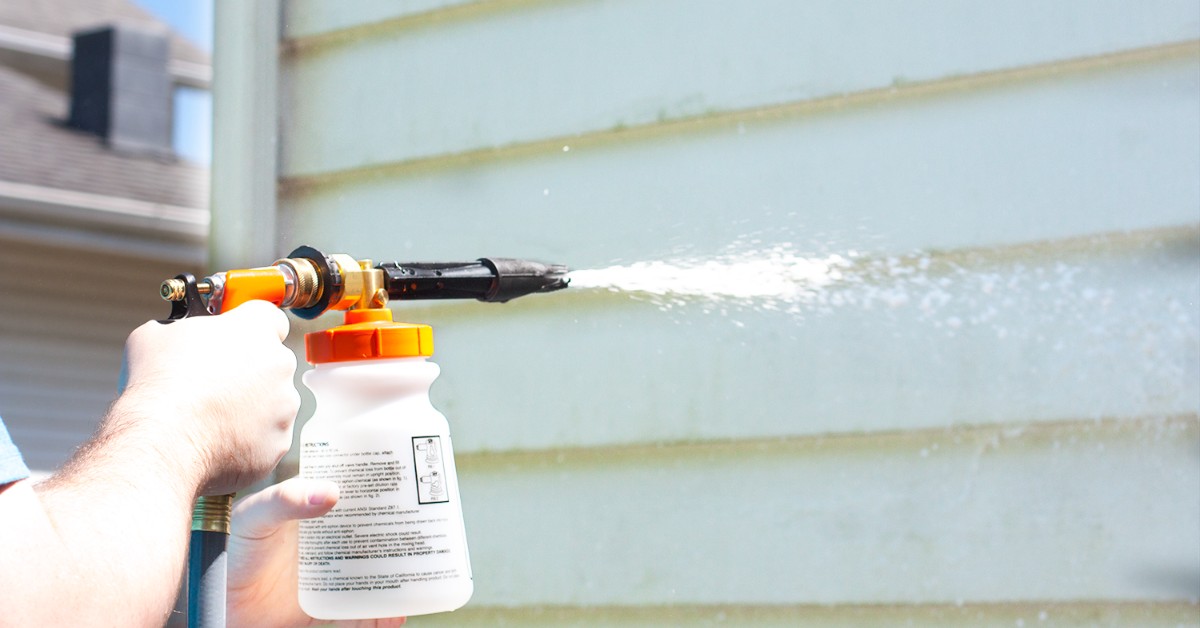

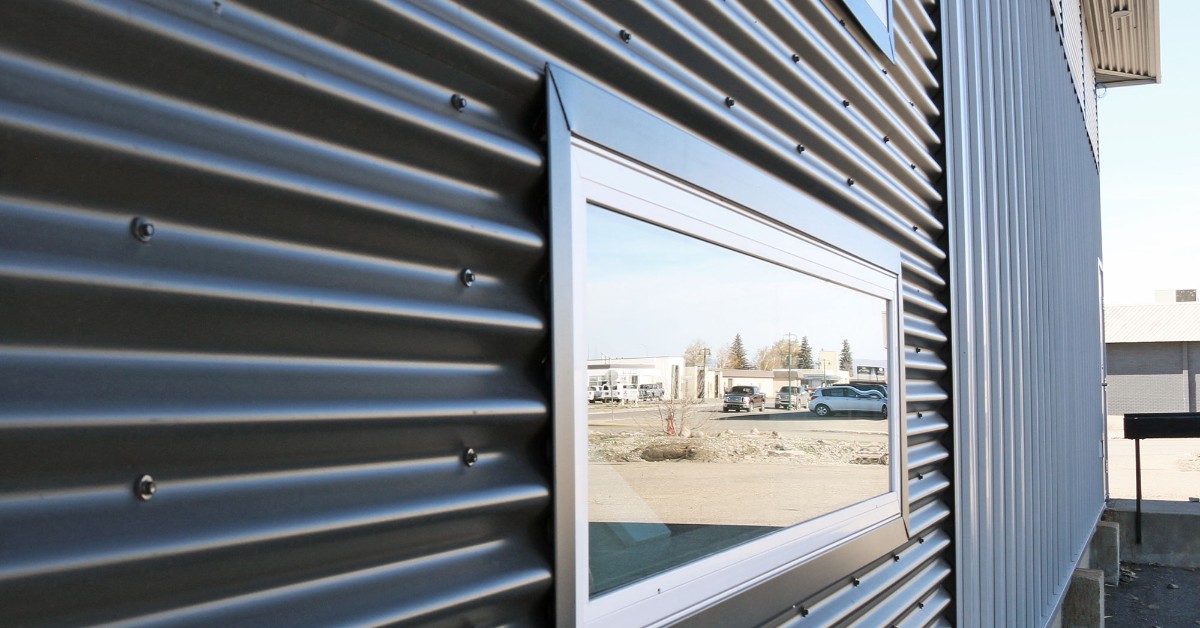
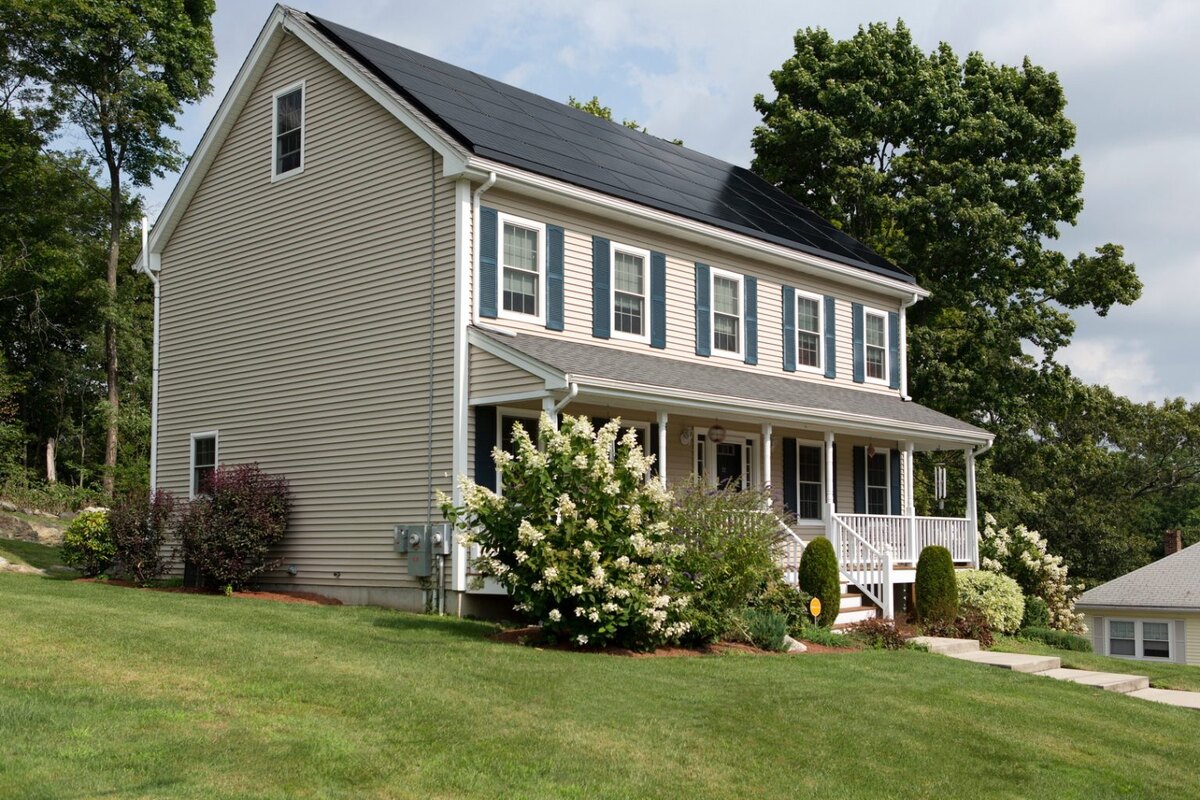
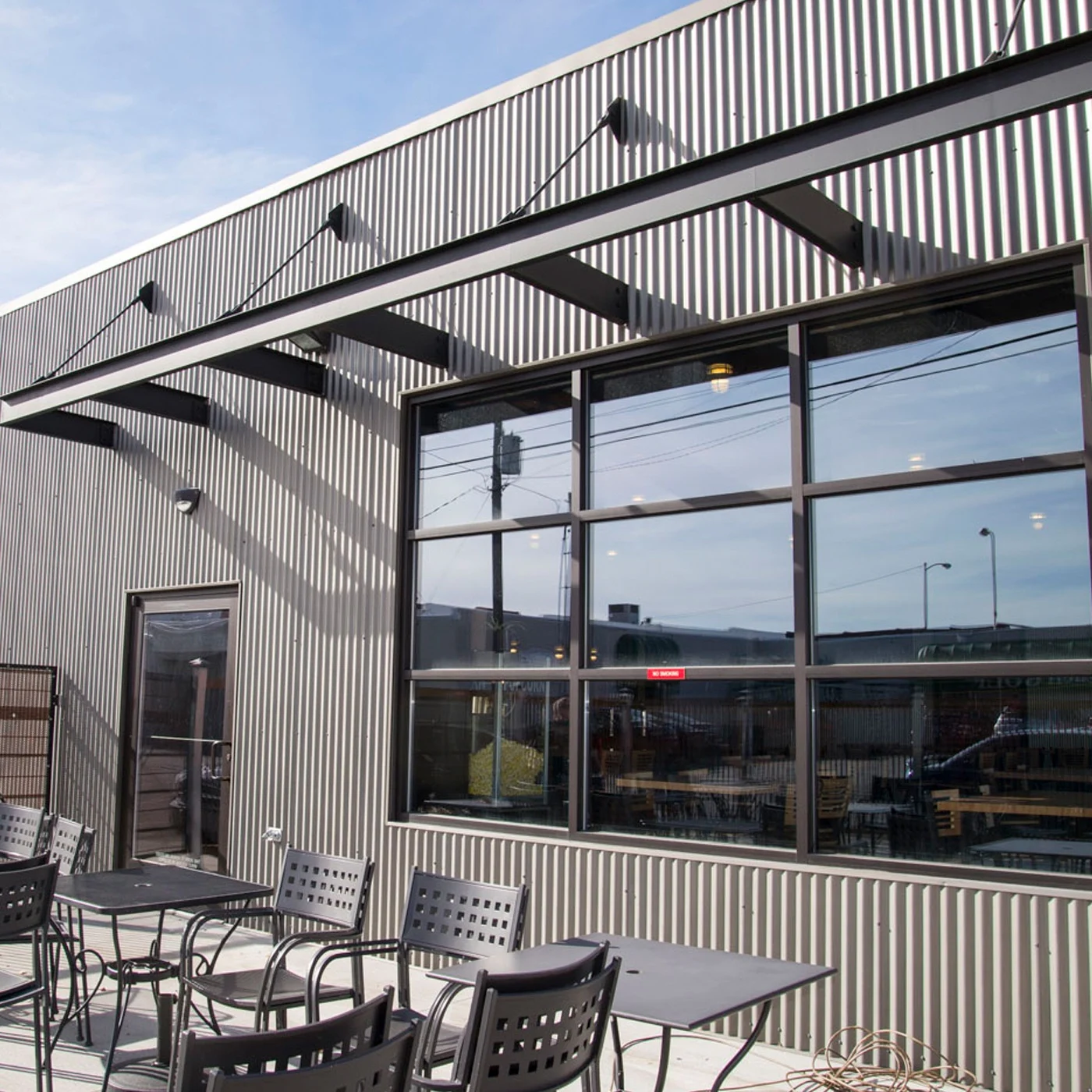
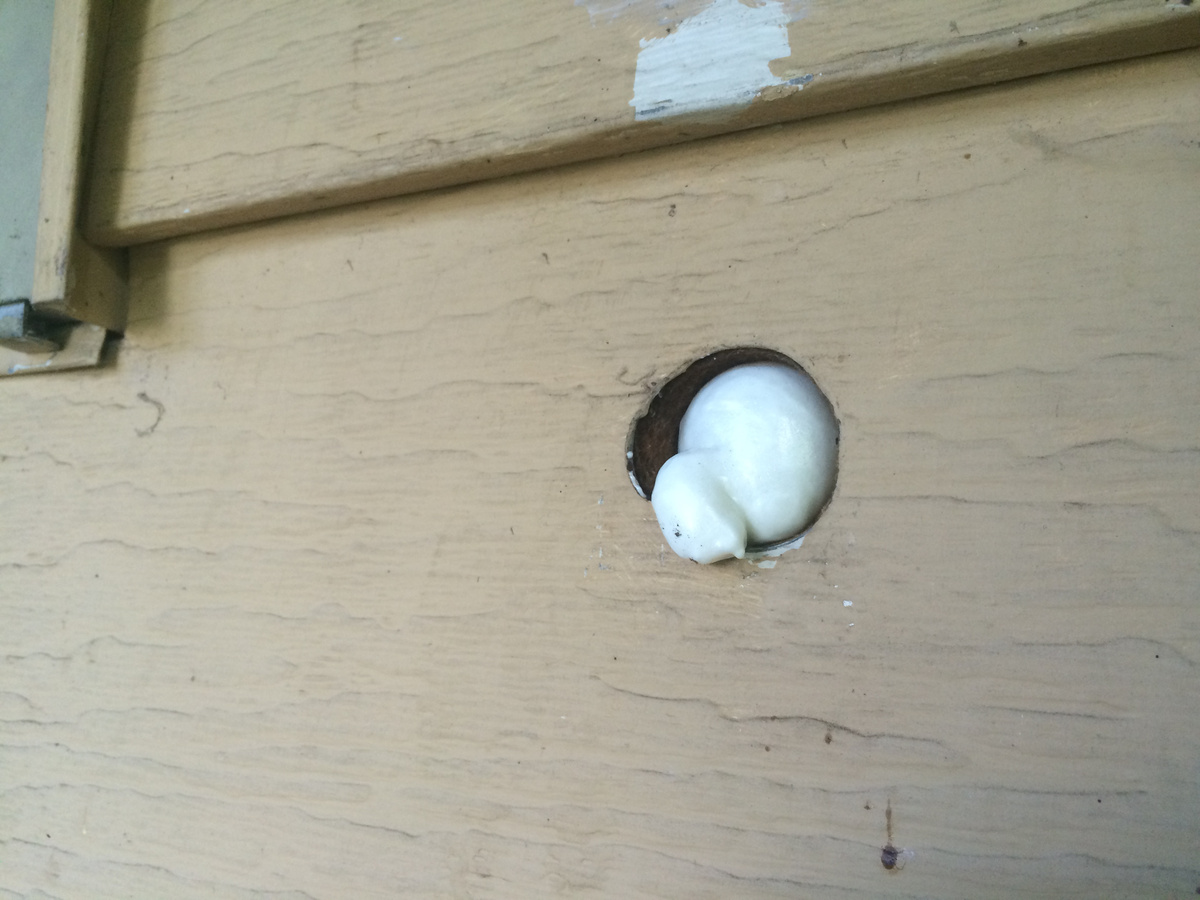
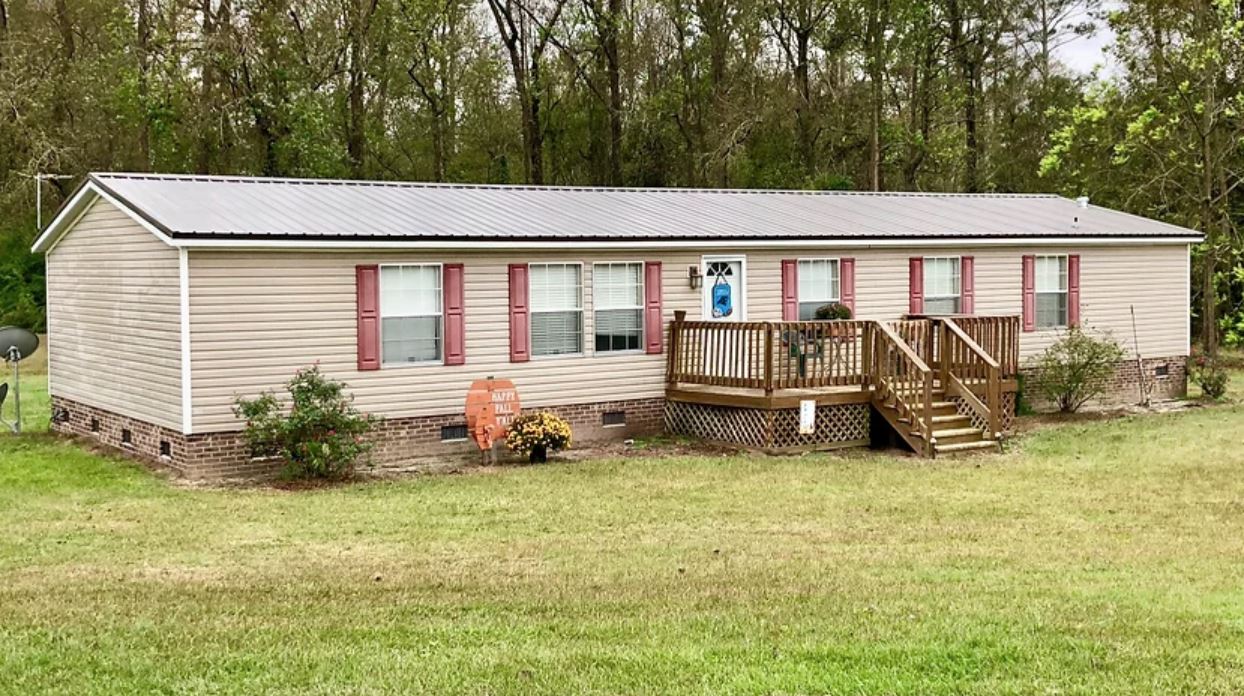
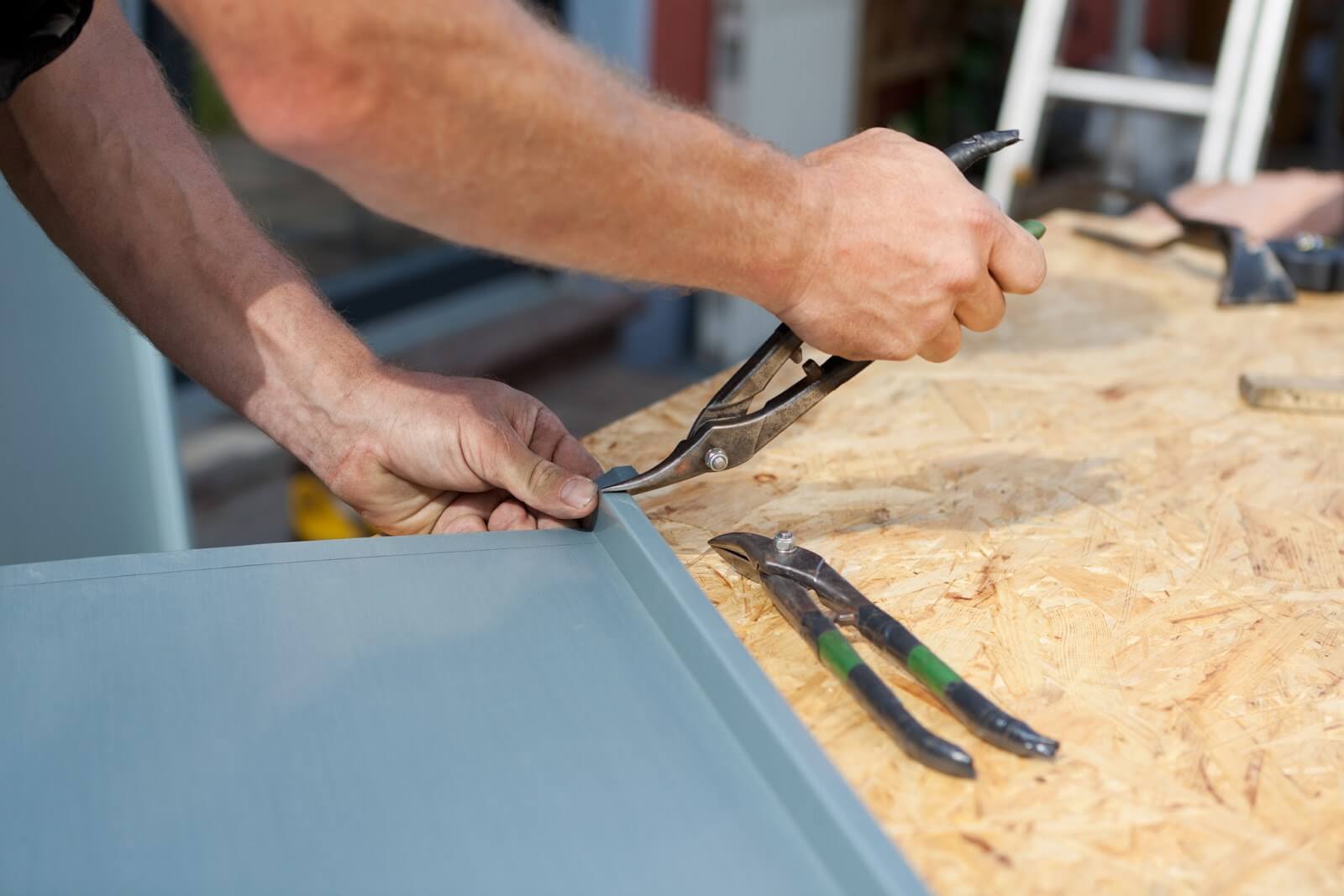


0 thoughts on “How Much Does Metal Siding Cost”